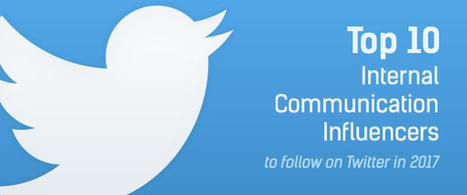"Practitioners highlight current IC challenges in Happeo's new qualitative research report. In my conversations with a dozen IC practitioners around the world, I get a sense of a profession that is trying to dig itself out of a hole - while at the same time, it faces a combination of technological, organization, and economic dynamics that could either allow them to leapfrog to the next level or leave them as stunned bystanders.
IC professionals continue to want to position themselves as strategic partners to senior management, but find their organizational credibility and their ability to remain in their roles dependent on meeting increasingly pressurized tactical demands from senior leaders."
Read the full article to find the link to the free download of the first in a six-part series of research analyzing where IC sits in 2019, and where it will go beyond that. The research was performed by one of IC's most recognizable veterans: Mike Klein. In this first report you'll find out about:
- the vicious circle
- changes in the business environment accelerate
- talent
- technology
You can also hear more from Mike Klein about this research in happeo's first episode of The Internal Communication Podcast



 Your new post is loading...
Your new post is loading...






















